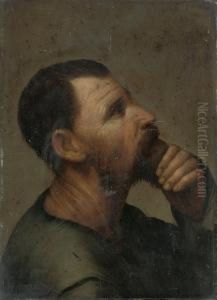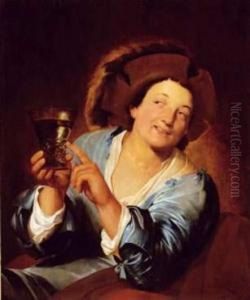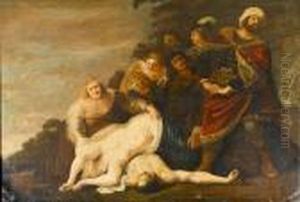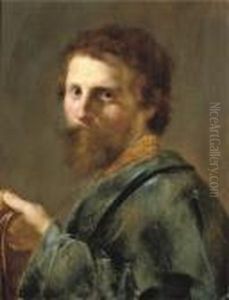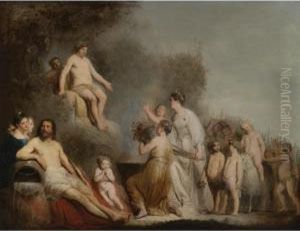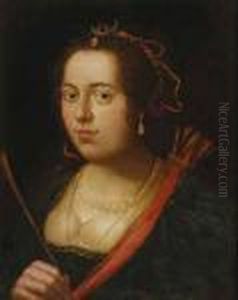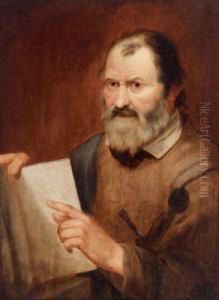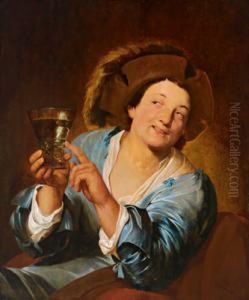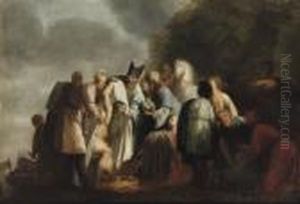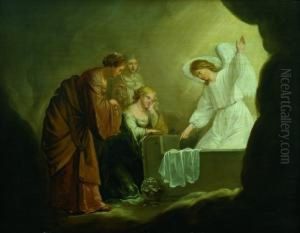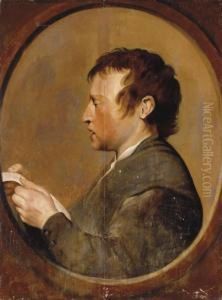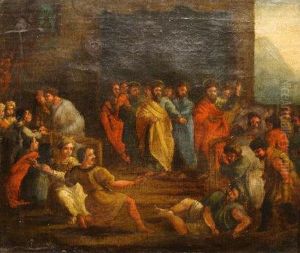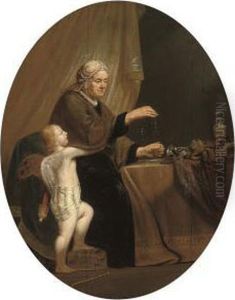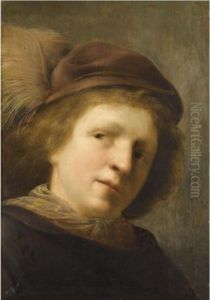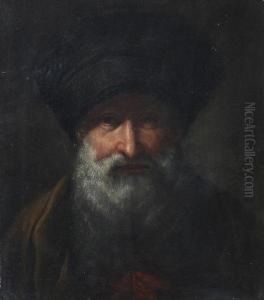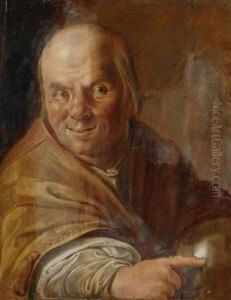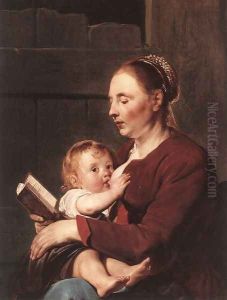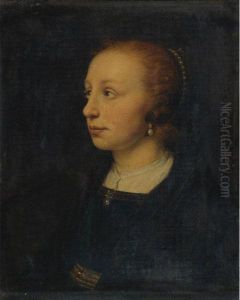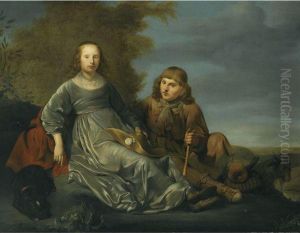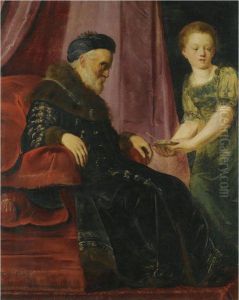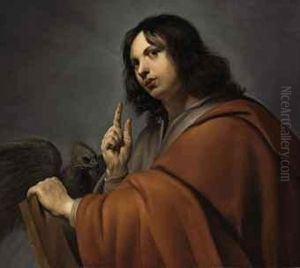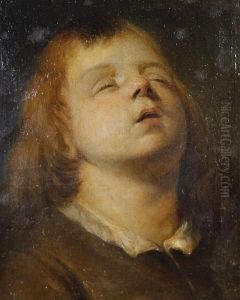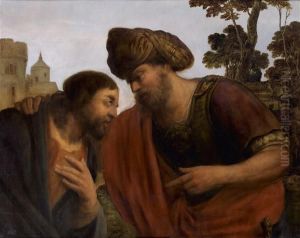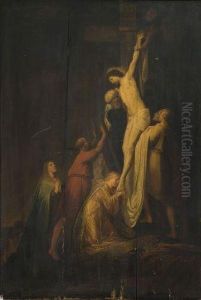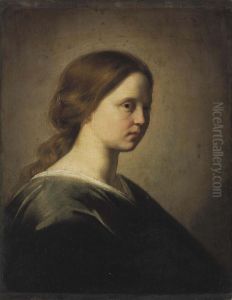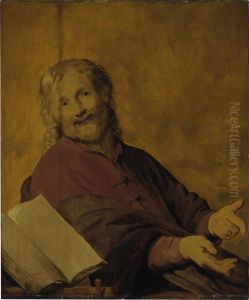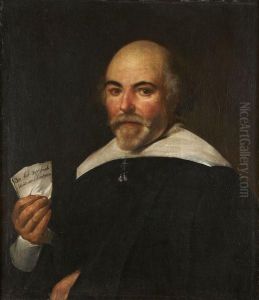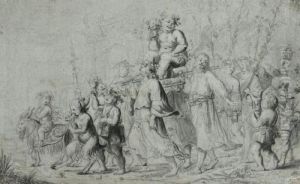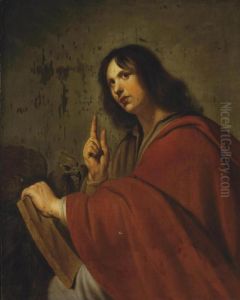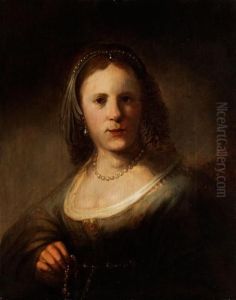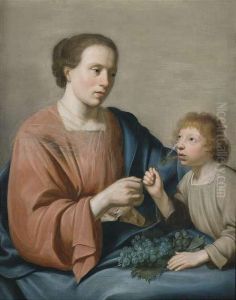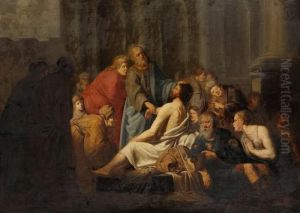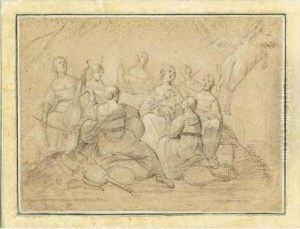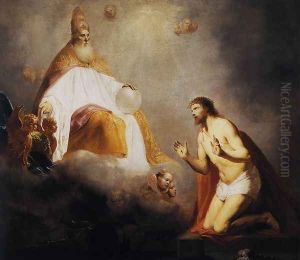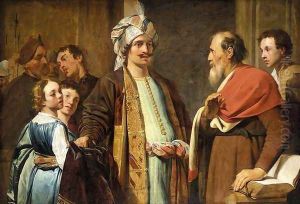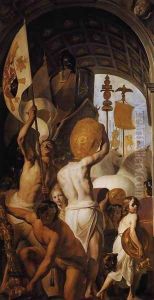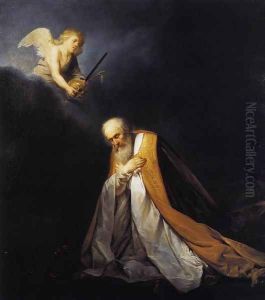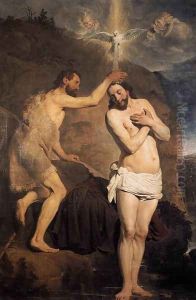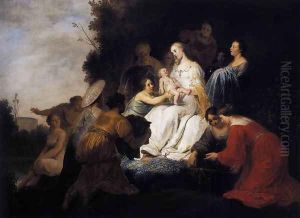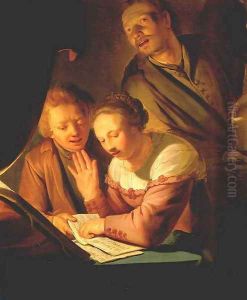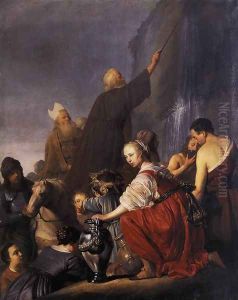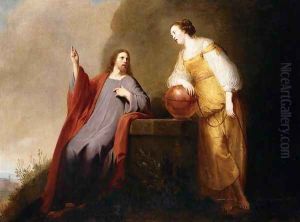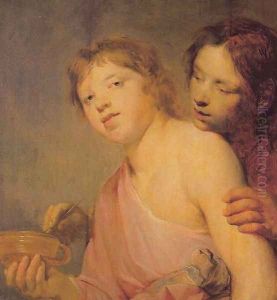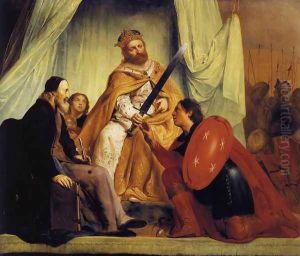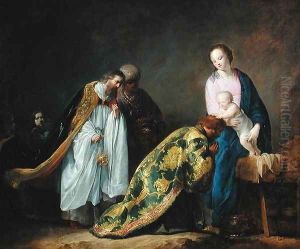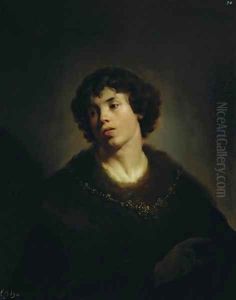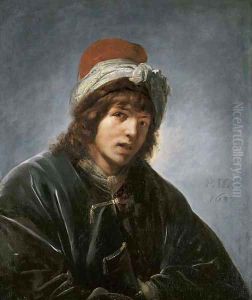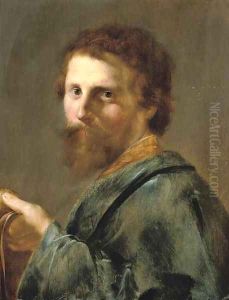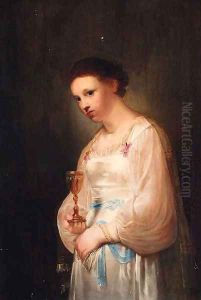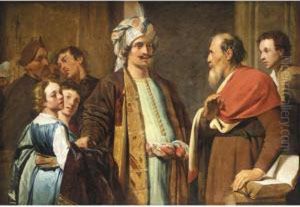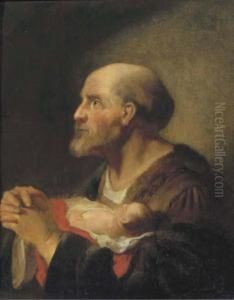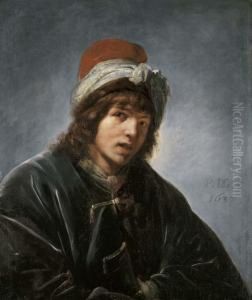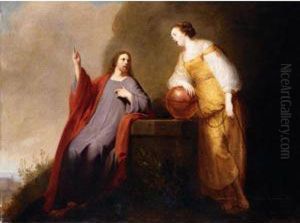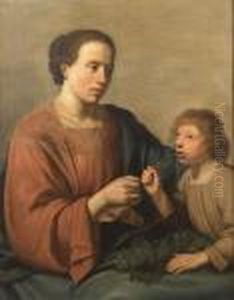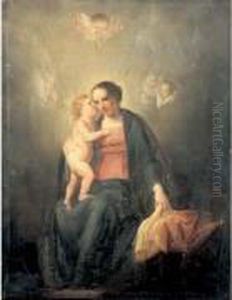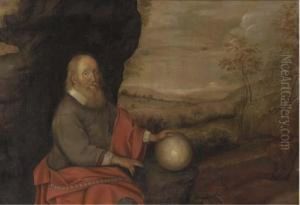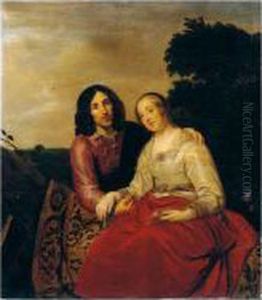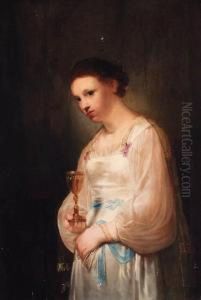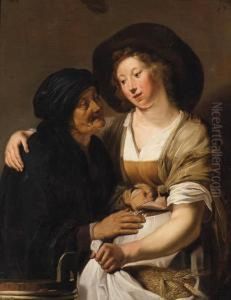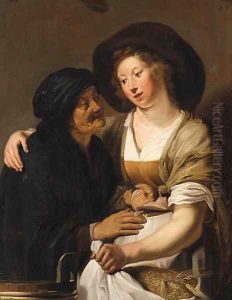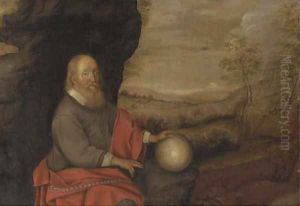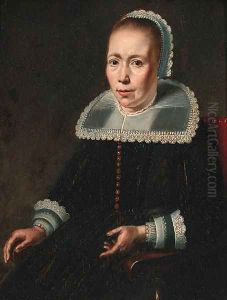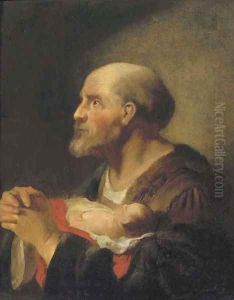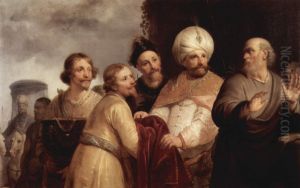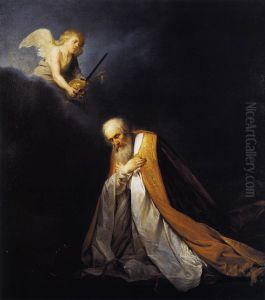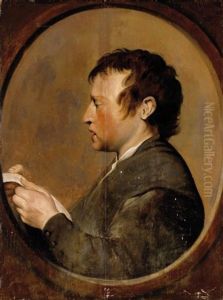Pieter de Grebber Paintings
Pieter de Grebber was a Dutch Golden Age painter, born around the year 1600 in Haarlem, Netherlands. He was a prominent figure in the Haarlem School and is known for his religious and historical works, as well as his portraits. De Grebber was the son of Frans Pietersz de Grebber, who was a painter and a tapestry designer, and thus he was introduced to art at an early age. He studied under his father and later worked in the studio of Hendrick Goltzius, who was another influential Haarlem artist of the time.
De Grebber developed a refined style characterized by an elegant use of color and a clear, classical composition. His work demonstrates a blend of Mannerist and early Baroque influences, which was typical in the transition of Dutch art from the 16th to the 17th century. Pieter de Grebber became a member of the Haarlem Guild of Saint Luke, a professional association for artists, and he played a significant role in the local artistic community.
One of his notable contributions to art was his role as a teacher. De Grebber was a mentor to many pupils, including his own children, who also became painters. Among his most famous students was the young Johannes Vermeer's future teacher, Jacob van Campen, and the well-known classicist painter Salomon de Bray. Through his teaching, Pieter de Grebber had a considerable influence on the development of the Haarlem School and the spread of Classicism in Dutch art.
His religious works often featured dramatic expressions and gestures, and he was part of the movement that introduced the Baroque style to Dutch painting. De Grebber also painted portraits, which are noted for their sensitivity and attention to detail, capturing the social status and personality of the sitters.
Pieter de Grebber's legacy includes his influence on his contemporaries and on the next generation of Dutch painters. His works can be found in various museums and collections around the world. He passed away in Haarlem between the years of 1652 and 1653, leaving behind a body of work that reflects an important transition period in Dutch art history.
